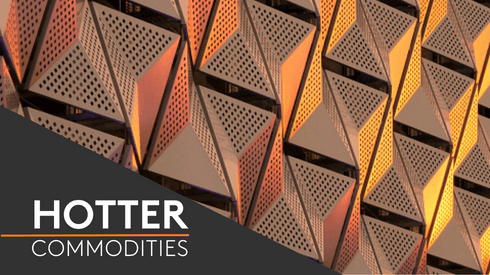In September, Chinese President Xi Jinping announced that China aims to reduce the country’s carbon dioxide (CO2) emissions by more than 65% by 2030 from 2005 levels and achieve carbon neutrality before 2060.
To fulfill this pledge, China is stepping up the expansion of wind capacity as an integral part of a diversified clean energy supply system, which has implications for the production and consumption for materials including steel and rare earths.
China’s wind power development policy is gradually pivoting to offshore wind power – the country has rich offshore wind resources and the technology for onshore wind power generation is maturing – from fossil fuels.
China installed 3,060 megawatt (MW) of new offshore wind capacity in 2020, which equates to more than half of global installation, according to the data released by the Global Wind Energy Council.
In total, China installed 9,898 MW offshore wind capacity at the end of 2020, closely followed by the UK at 10,206 MW of capacity.
Several coastal provinces in China gave issued their own policies to support the development of offshore wind power this year.
The Guangdong provincial government said that the local authority would provide subsidies to the offshore wind power projects in the region. The province plans to build 4 million kilowatts (kW) offshore wind capacity in total by the end of 2021 and 15 million kW by the end of 2025.
Jiangsu province, which has the largest offshore wind capacity in China, plans to install another 12.12 million kW of capacity during the Fourteenth Five-Year period (2021-2025).
In the Provincial Guidance on Energy Work in 2021 issued by the Shandong Provincial Energy Administration, the province will construct medium- and far-offshore wind power bases with capacity of 10 million kW.
The expansion of offshore wind power in China is set to boost demand for mineral materials, such as rare earths, which are used in wind turbine magnets.






